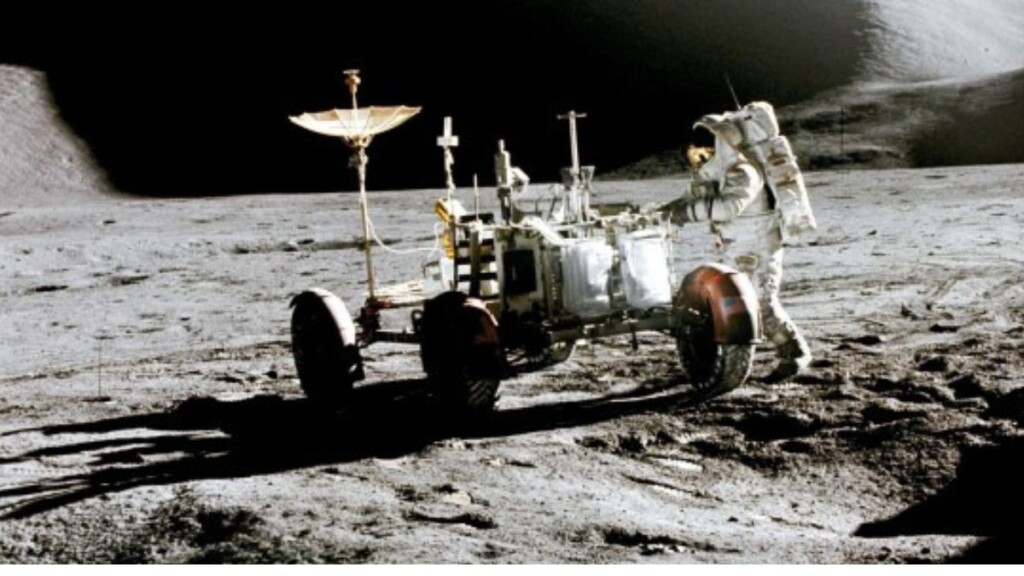The original plan was for NASA to carry out the Artemis 3 mission in 2025, which aimed to land humans on the Moon, more than five decades after the last Apollo mission in 1952. However, the United States Government Accountability Office has recently stated that the space agency will not be able to achieve this goal until at least 2027. This raises the question of why NASA is determined to send astronauts to the Moon once again, considering that it has already demonstrated this capability over fifty years ago.
If you share this sentiment, you are not alone. Former US President Barack Obama expressed a similar viewpoint. In a speech at the Kennedy Space Center in Florida in 2010, he advocated for NASA to shift its focus from the Moon to Mars and deep space asteroids. He emphasized that while the Moon had been explored before, there is still much more to discover and learn in other areas.
However, in the years that followed, with two different presidents leading the country, NASA has revived its efforts through the Artemis program to return humanity to the Moon. The unmanned Artemis 1 mission was successfully launched on November 16, 2022, and completed a flyby around the Moon before returning safely to Earth. Artemis 2 will follow a similar trajectory but with a crew on board, and eventually, Artemis 3 will accomplish the goal of landing humans on the Moon once again.
Considering this shift in focus, it is worth exploring what has changed since Obama redirected NASA’s attention to other astronomical objectives. Specifically, what developments or circumstances have occurred in the intervening years since the last Apollo mission that have compelled us to prioritize the Moon once more?
During an interview with The Washington Post in 2022, Thomas Zurbuchen, the then Associate Administrator of NASA’s Science Directorate, succinctly emphasized the significant differences between the moon we left during the Apollo flights and the moon we are now returning to. Our understanding of the moon has undergone a drastic transformation since the conclusion of the Apollo program. Notably, we have made groundbreaking scientific discoveries that have confirmed the presence of frozen water in certain regions of the moon. This revelation has opened up a realm of possibilities that were previously unimaginable.
One of the most significant implications of the presence of water on the moon is the potential for establishing a sustainable human presence there. Water and the oxygen derived from it will be crucial for supporting the lives of astronauts on the moon. Furthermore, water can be converted into hydrogen and oxygen, which can serve as rocket fuel.
The moon’s gravity is approximately one-sixth of Earth’s gravity, making it much easier and more fuel-efficient to launch rockets from the moon compared to Earth. Essentially, the moon could serve as an ideal launching point for missions to Mars and beyond.
This is why numerous countries are striving to enhance their capabilities for exploring the moon. In 2022, China announced its plans to launch three additional unmanned missions to the moon within this decade. India has also achieved a significant milestone with the successful Chandrayaan-3 mission, which involved landing a lander and a rover near the moon’s south pole. Currently, ISRO is planning a mission to retrieve samples from the moon, further highlighting the global interest in lunar exploration.
The Defense Advanced Research Projects Agency (DARPA) of the United States recently unveiled a comprehensive ten-year plan to create a “lunar economy”. Recognized as “the agency shaping the modern world” by The Economist, DARPA’s LunA-10 Capability Study aims to construct a technological framework for systems that are shareable, scalable, and interoperable. The objective is to develop services that can be monetized. This ambitious endeavor will involve collaboration between government space agencies and private space technology companies to establish a sustainable infrastructure on the Moon. This infrastructure will not only support exploration missions but also facilitate larger missions beyond the Moon.
